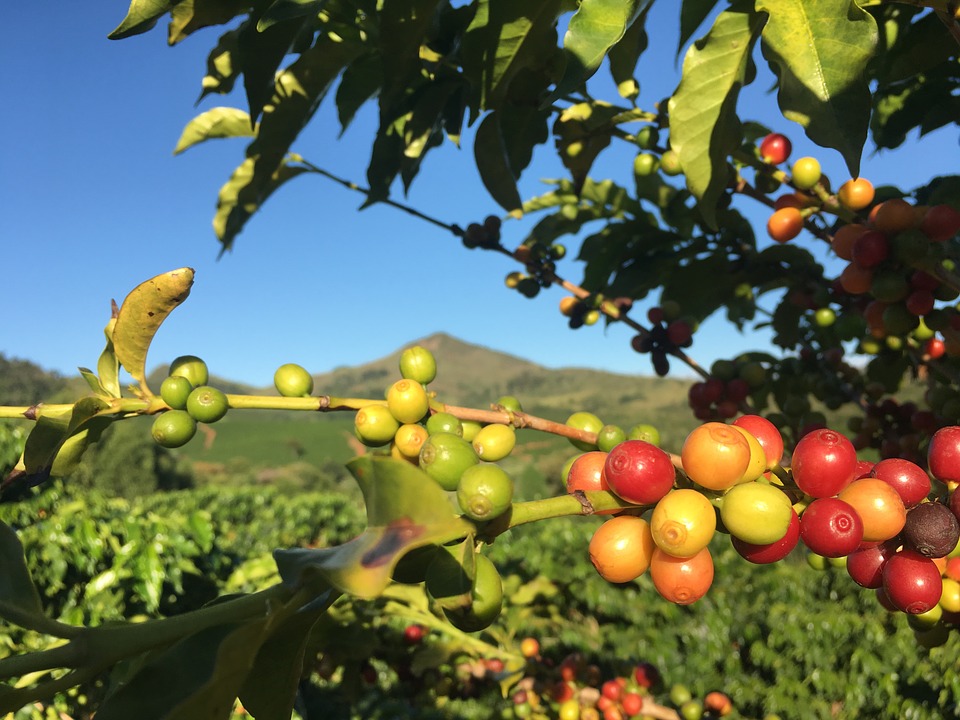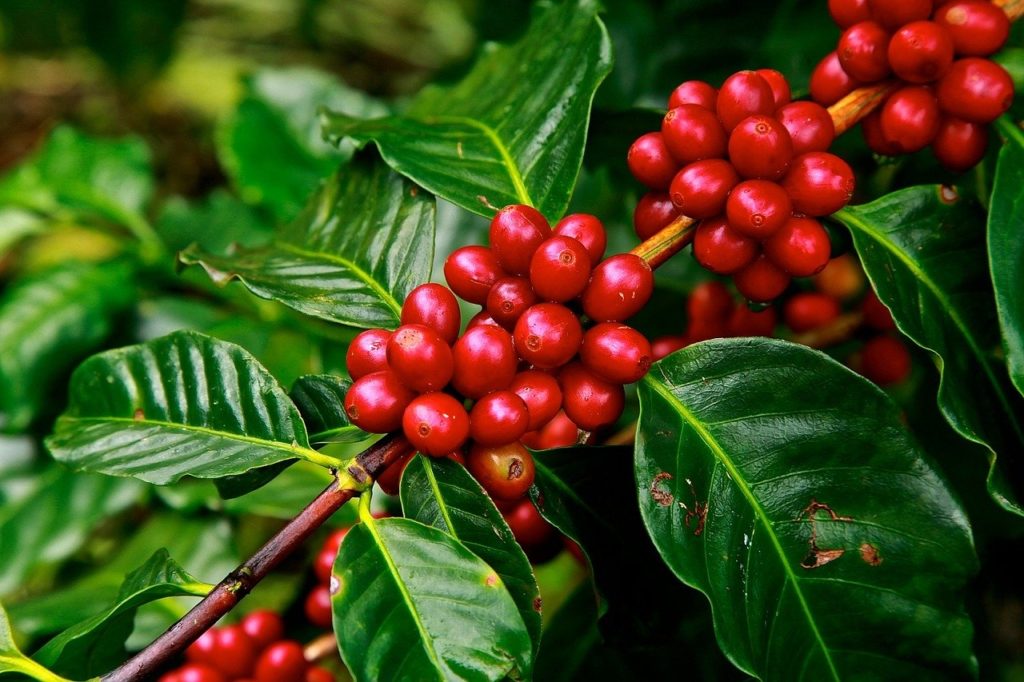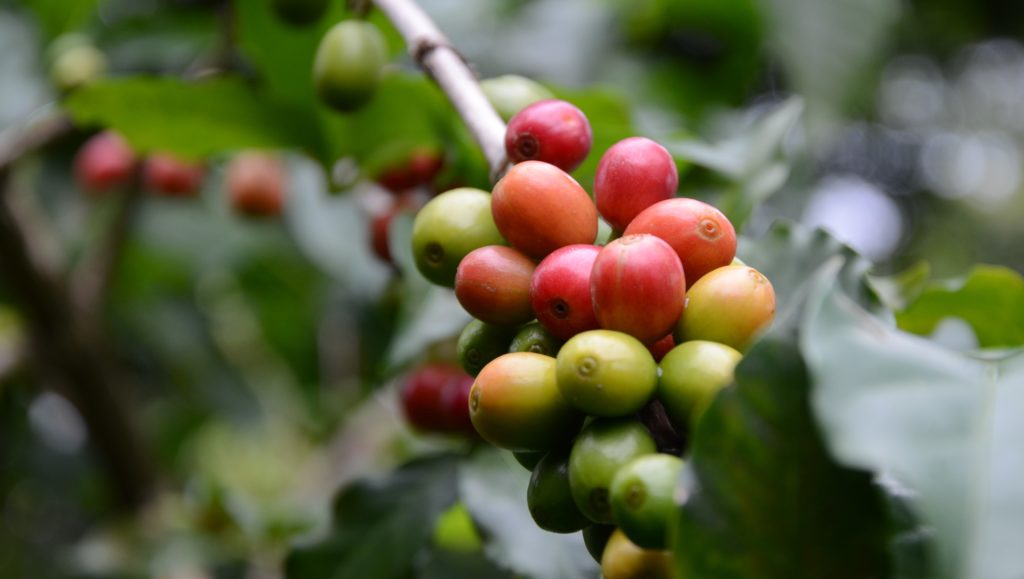Highlights of the coffee research that has been published across multiple fields:
The Origin and Environmental Conditions for Arabica Coffee
This research explores the origins of Arabica Coffee (Coffea Arabica). Through the natural hybridization between the two diploid species Coffea canephor and Coffea eugenioides, the Arabica species was birthed in the current territories of southwest Ethiopia, primarily southern Sudan and northern Kenya. Later on, a group of investigators performed a genetic analysis of the CATIE public collection in Costa Rica based on the specific germplasm, the species’ genetic makeup, which separated the species into three populations:
- primarily cultivated genotypes from Yemen, East Africa, and India in the Harar-Yemen population (G2)
- “wild” Ethiopian and local varieties in the Jimma-Bonga population (G1A)
- primarily “wild” Ethiopian genotypes in the Sheka population (G1B)
The CATIE collection maintains approximately 800 wild accessions collected at their places of origin. Because of its vast genetic diversity, the main goal of the collection is to use the genetic diversity present as a working basis for the genetic improvement program and to supply genetic material intended for research of development programs.
This research also investigates the specific environmental conditions that affect Arabica Coffee. The first aspect explored is coffee rust. Coffee rust has been threatening the crops in Latin America, especially with the recent rust epidemics in Colombia from 2008-2011. Coffee rust damages the plant development, weakening trees for the current and next season. Because of this inevitable, yet increasing problem, planters can now replant infected farms with hybrid rust-resistant varieties. The use of resistant varieties, in general, has remained low-scale in most Latin American countries, with the exception of Colombia and Honduras. Although the resistance corresponding to most of the resistant varieties (derived from the Timor Hybrid) is not a permanent solution (as new races of rust can form), these hybrids are still expected to present some levels of partial resistance or tolerance.


The coffee cherries that Arabica beans come from. 

